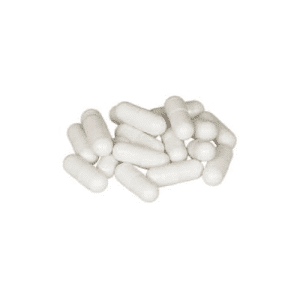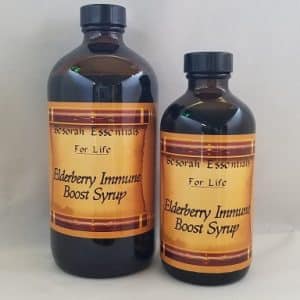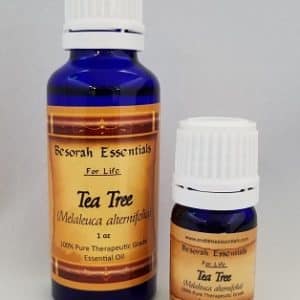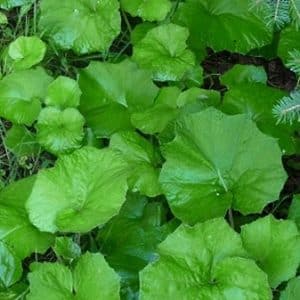The medicinal properties of the Neem tree have been well known in India for over 4,000 years. The healing properties of Neem are spoken about in some of the worlds oldest books. The Sanskrit word for Neem was nimba, which means good health. The Vedas called Neem sarva roga nivarini, which means one that cures all ailments and ills.
It has also been referenced as Divine Tree, Life giving tree, Natures Drugstore, and Village Pharmacy.
A botanical cousin of the mahogany tree, Neem is a hardy evergreen that a common feature of the drier regions of India and southeast Asia. It needs very little water but plenty of sunlight. The Neem flowers bare fruits that are green drupes, which turn golden yellow when ripe.
Through history, the Neem tree had many fascinating aspects for the people of India. The Neem tree was a symbol of health. In the sun and heat this evergreen, tree was a haven with its cooling shade. It was also safe from bugs and biting insects because of its natural repellant action. And millions of Indian people have used all parts of this sacred tree as medicinals the seeds, leaves, flowers, fruits, oil, roots and bark.
The Neem was planted in the vicinity of a home where people interacted with this extraordinary tree daily.
For the women, the Neem was the mainstay of the herbal beauty tradition. The Neem proved an invaluable source of health, hygiene and beauty that was freely available.
Having a bath with Neem leaves kept their skin supple and healthy. Neem leaf powder or crushed leaves incorporated into their face packs provided emollient and anti-aging action. The antiseptic properties of Neem leaf extracts helped in controlling pimples and acne.
For the men, the tree provided seeds, leaf and bark which could be converted into fertilizer and pest control material. It also provided medicinal potions for their cattle and livestock.
The Neem Tree was also a source of medicine to treat more than a hundred health problems, from scratches and skin rashes to malaria and diabetes. The Neem tree was known to relieve so many different pains, fevers, infections and other complaints that it had been called the village pharmacy.
The Neem was used in ancient Indian cures to treat inflammation, infections, skin diseases and for dental care. The Neem leaves, flowers, seeds, roots, bark and fruits contain antibacterial, anti-fungal, antiviral, antihistamine and antiseptic properties.




